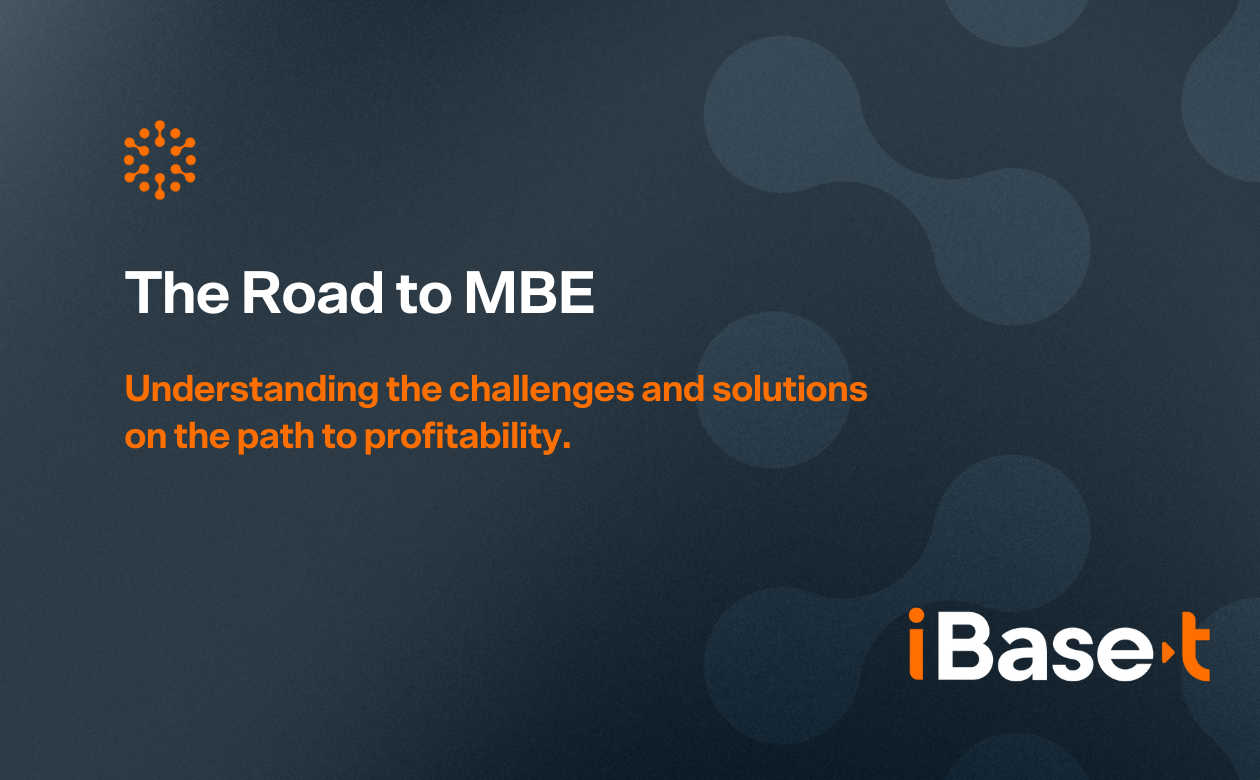Manufacturing Transformation Reaches ‘Tipping Point’ as Survey Finds Lack of Clear MBE Roadmap
In Q3 2023, iBase-t conducted a survey of over 100 leading manufacturing executives regarding the state of the model-based enterprise (MBE) in the industry today. The results found 61% of respondents agree that paperless manufacturing is very important and that they believe that MBE adoption would lead to fewer errors, improved manufacturing assessment, enabled anywhere operation, and lead to automated, less tedious work within manufacturing.
But while the benefits of adoption are understood, the survey also found that 55% of respondents said they did not have a clear understanding of the model-based enterprise. Many, have the wrong idea, believing it to be nothing more than the use of 3D Computer-Aided Design (CAD) models instead of traditional 2D drawings.
What manufacturers don’t understand about MBE is holding them back
First and foremost, today’s manufacturers are aware of the potential in digital transformation and where those digital systems can improve day-to-day operation. That said, insufficient understanding of the model-based enterprise and how to achieve this goal has had negatively impacted the rate of adoption and has prolonged reliance on legacy paper-based systems across the industry.
To build on the findings of this survey, iBase-t released an accompanying report to raise awareness of the MBE — Building the Model-based Enterprise: The Crucial Role Manufacturing Plays in Executing Model-based Design. The report delivers key and diverse insight on the various applications that make up a model-based enterprise:
- What the architecture of an MBE looks like,
- The benefits that can drive its adoption across the industry, and
- The stages of development that manufacturers can follow to go from paperless operations all the way to a fully digital, model-based enterprise.
MBE requires a clear pathway to digitally transform
Transitioning from a traditional manufacturing enterprise into a model-based enterprise doesn’t all happen at once. You can’t just flip a switch; it comes in stages. Each stage of implementation brings additional benefits and yields an ever more powerful MBE. The eventual goal is a fully digital manufacturing environment, which can be defined by several key attributes. It includes digital design and simulation, predicting the performance and potential flaws of products before physical production even starts. It also encompasses automated smart factories that allow real-time monitoring and control of manufacturing processes.
While the survey shows that there may be confusion in the market regarding what constitutes an MBE, technology has reached a tipping point and accelerated adoption is around the corner. With enterprise applications that are modular in architecture, designed for the cloud, and able to integrate with each other, the move to a model-based enterprise is no longer a capital investment so much as a logical business strategy. After all, when properly planned, the MBE leverages the digital systems that a modern manufacturer wants and needs. Couple that with the fact that the MBE produces ROI at every stage of development, and manufacturers have a solid recipe for change.
MBE is an actionable path that manufacturers are undertaking today. In fact, many manufacturers are already considering or implementing a model-based enterprise approach. While challenges exist along the road to adoption, manufacturers can maximize business value and monitor their progress along the path to adoption. It’s important to understand the complexities of a model-based enterprise and put in place the right strategy, training and executive support to reap the benefits of a modern infrastructure.
To learn more about the model-based enterprise, download the report: Building the Model-based Enterprise: The Crucial Role Manufacturing Plays in Executing Model-based Design.
